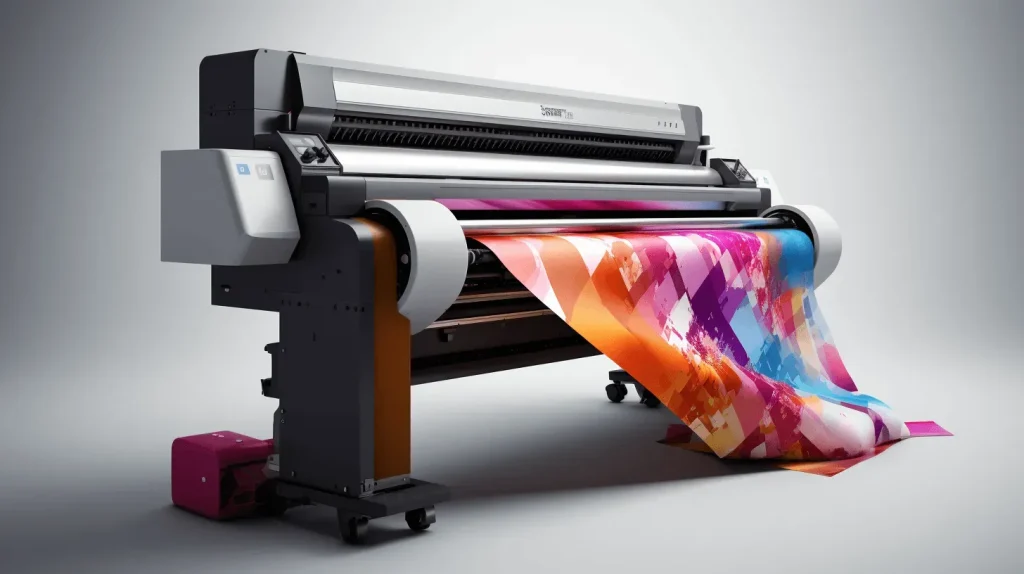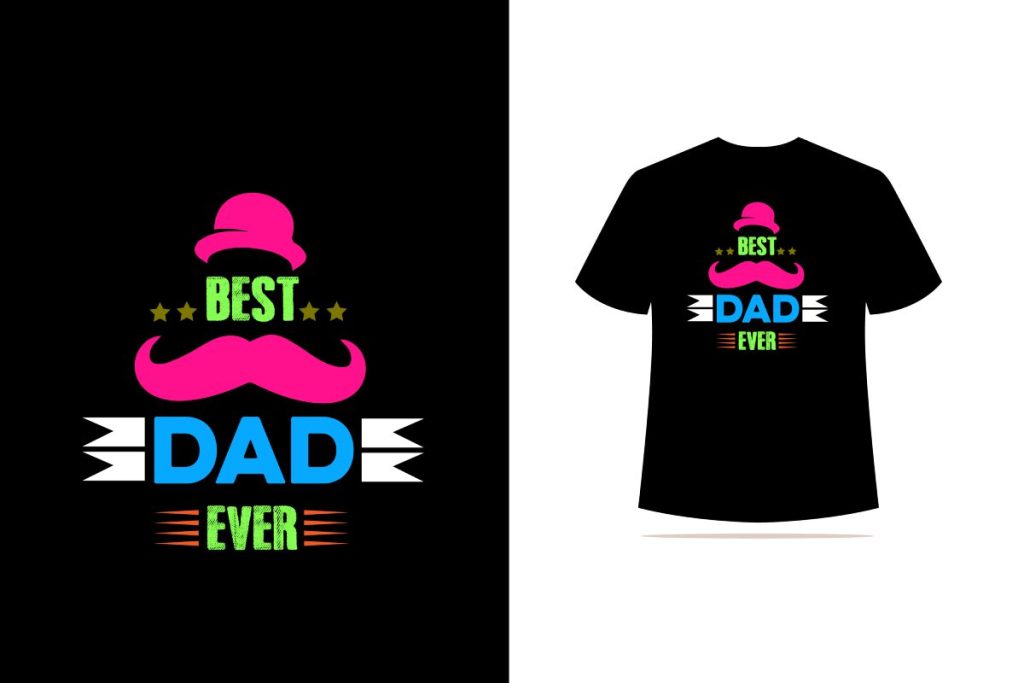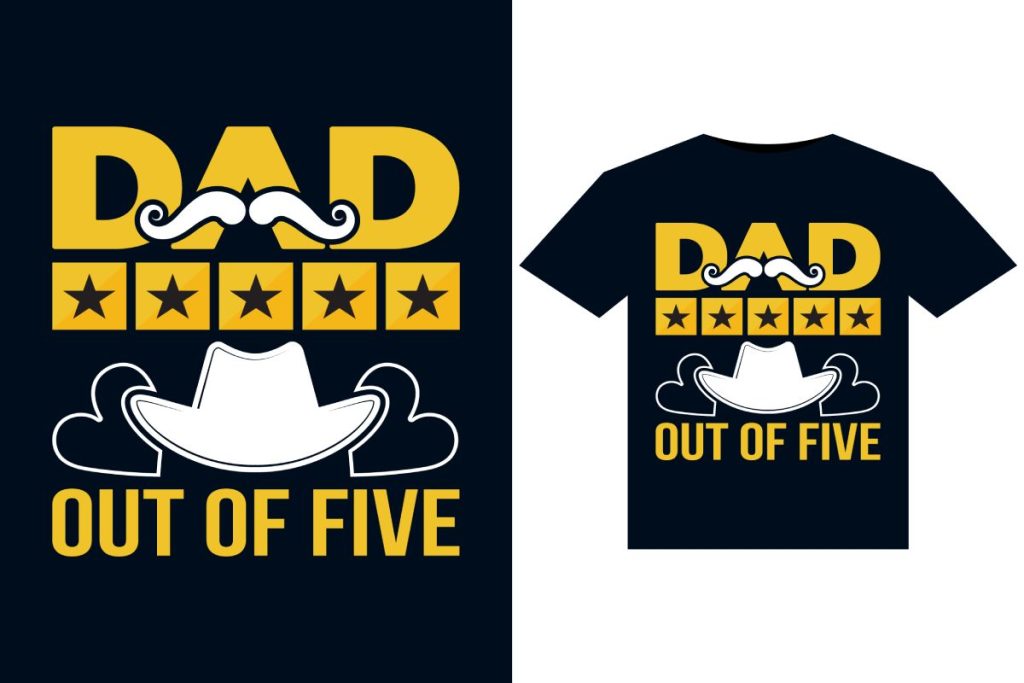DTF printing, or Direct-to-Film printing, has quickly gained traction in the realm of fabric printing, thanks to its innovative approach of transferring designs directly from a special film onto textiles. This printing method is celebrated for its ability to produce vibrant and durable prints suitable for a wide range of fabrics, both light and dark. As businesses explore various printing methods, they often compare DTF printing with others like Direct-to-Garment (DTG) printing, screen printing, and sublimation printing. The versatility and efficiency of DTF printing make it an appealing choice for those looking to create high-quality prints with less hassle. In this article, we will delve into the unique benefits and comparisons of DTF printing against traditional printing techniques, helping you make an informed decision for your next project.
Direct-to-Film (DTF) printing emerges as a modern alternative to traditional methods like screen printing and sublimation, offering a fresh perspective on fabric decoration. Often referred to as film transfer printing, this technique utilizes a unique film that captures intricate designs, allowing for excellent color vibrancy and detail. Unlike Direct-to-Garment (DTG) printing, which primarily excels on cotton fabrics, DTF printing can effectively handle a diverse selection of materials, enhancing its adaptability for various projects. As the demand for high-quality fabric printing grows, understanding the advantages of DTF compared to other prevalent printing methods will aid businesses in selecting the best approach to meet their specific needs.
Understanding DTF Printing: A Game Changer in Fabric Printing
DTF printing, or Direct-to-Film printing, represents a significant advancement in the world of fabric printing, offering unparalleled versatility. This modern technique allows designers to transfer vibrant and durable prints directly onto various types of textiles, including cotton, polyester, and mixed blends. Unlike traditional methods that may be limited to specific fabrics, DTF can handle both light and dark materials, making it a go-to option for any apparel project. The technology involved in DTF ensures that prints retain their color and detail over time, setting a new standard for quality in the fabric printing industry.
Moreover, DTF printing provides a cost-effective solution for small to medium-sized orders due to its lower setup costs compared to methods like screen printing. Businesses can enjoy rapid turnaround times with DTF, which means they can meet the demands of fast-paced markets without compromising quality. As the printing industry evolves, it’s evident that DTF printing is leading the charge, catering to the diverse needs of designers and businesses alike.
DTF vs. DTG Printing: Which is More Versatile?
When comparing DTF to Direct-to-Garment (DTG) printing, one of the foremost considerations is versatility. DTG is renowned for producing incredibly intricate designs, particularly on 100% cotton fabrics. Although it excels in detail and color gradients, its effectiveness diminishes significantly when applied to materials that are not primarily cotton. In contrast, DTF printing shines with its ability to accommodate a wider range of fabric types, including both cotton and synthetic blends, thus emerging as a more adaptable choice for businesses looking to print on various textiles.
In terms of production rates, DTF printing offers a distinct advantage. The printing process is expedited, making it ideal for quick turnarounds on smaller batches. Conversely, DTG can sometimes be slower due to its reliance on intricate designs, which increases production time. For businesses facing tight deadlines and requiring high-quality prints across multiple materials, DTF proves to be a more efficient and flexible option.
The Cost-Effectiveness of DTF Compared to Screen Printing
Screen printing has long been the go-to method for businesses looking to produce large quantities of apparel at a lower cost-per-unit. However, it often requires a higher initial investment, especially for multi-color designs, creating a barrier for those with smaller orders. DTF printing fundamentally shifts this paradigm by eliminating excessive setup costs and labor-intensive processes. This makes DTF not only a more accessible option for new businesses but also a viable alternative for brands looking to diversify their product offerings without incurring steep expenses.
Additionally, the quality of prints achieved with DTF is commendable as it can replicate intricate designs and a vibrant color palette that outperforms some applications of screen printing. The flexibility to cater to both low-volume and higher-quality production needs accentuates DTF’s position as a cost-effective solution, especially in markets that demand agility.
Exploring DTF and Sublimation Printing: Material Compatibility
When diving into the details of DTF versus sublimation printing, material compatibility emerges as a crucial differentiator. Sublimation is best utilized on polyester substrates, which can limit its appeal for businesses that seek to print on a variety of fabrics. While sublimation offers stunning results on appropriate materials, its rigid criteria mean it cannot serve all printing needs. DTF printing, on the other hand, excels by providing a versatile solution that can easily print on an extensive array of textiles, including those that are suitable for sublimation as well as others that aren’t.
This breadth of compatibility allows DTF printing to cater to a more extensive client base, from fashion to promotional products, where different fabric types may need to be used. For brands seeking a printing solution that does not limit them to specific materials, DTF stands out as a preferable choice.
Evaluating the Best Printing Method for Small Businesses
For small businesses trying to determine the most effective printing method, understanding the specific needs of their operations is critical. Factors such as the volume of orders, variety of fabrics used, and budget constraints all play a significant role in making the right choice. DTF printing offers the flexibility to cater to low-volume orders while providing high-quality results, making it an attractive option for startups and businesses focused on niche markets.
In contrast, businesses that anticipate scaling up quickly might also consider traditional methods like screen printing, which can offer better economics for larger orders. Nonetheless, the quick setup, lower costs, and broad fabric compatibility of DTF make it increasingly appealing as a starting point for organizations aiming to establish a foothold in the competitive printing landscape.
Future Trends in DTF Printing Technology
As the print industry continues to evolve, DTF printing technology is poised to see significant advancements. With ongoing research and development, we can expect enhancements in printing speeds, cost-efficiency, and the introduction of new inks that broaden the possibilities for artists and businesses alike. This innovation could further augment DTF’s already impressive flexibility, allowing it to meet the growing demands of customizable apparel and specialized textiles.
Moreover, the rise of eco-conscious consumers is likely to drive a shift towards more sustainable printing practices. DTF’s ability to work with water-based inks over traditional solvents can resonate well with environmentally aware markets. As sustainability becomes a key focus for brands, DTF printing could emerge not only as a competitive printing method but also as a responsible choice that aligns with modern values.
Frequently Asked Questions
What are the main benefits of DTF printing compared to DTG and screen printing?
DTF printing offers several advantages over DTG and screen printing, including versatility in fabric compatibility, allowing for prints on both light and dark textiles. DTF also delivers high-quality prints with vibrant colors and intricate details, while its setup costs are lower for small to medium-sized orders compared to screen printing, which requires significant upfront investment for multiple colors.
How does DTF printing perform on various fabric materials?
DTF printing excels in fabric compatibility, capable of printing on a wide range of materials, including cotton, polyester, and blends. This versatility contrasts with DTG, which primarily targets cotton fabrics, and sublimation printing, which works best on polyester or polyester-coated surfaces.
In what scenarios is DTF printing more advantageous than screen printing?
DTF printing is more advantageous than screen printing when dealing with smaller orders or complex designs that require vibrant colors and gradients. Additionally, DTF has a quicker production speed and lower setup costs, making it ideal for businesses with immediate needs or limited budgets.
Can DTF printing achieve similar durability as sublimation printing?
Yes, DTF printing can achieve similar durability to sublimation printing across various fabrics. While sublimation excels on polyester, DTF prints are resilient on multiple material types, ensuring that the final product maintains its quality through washes and wear.
What distinguishes DTF printing from sublimation printing?
The primary distinction between DTF printing and sublimation printing lies in their material compatibility and application methods. DTF can print on a wider variety of fabrics, including dark materials, while sublimation primarily works on light-colored polyester. This flexibility makes DTF a preferred choice for diverse printing needs.
Is DTF printing suitable for large volume orders compared to screen printing?
While DTF printing is highly effective for smaller orders due to its lower setup costs and faster turnaround, screen printing remains the preferred choice for large volume orders where the cost-per-unit can be significantly reduced, making it more economical for mass production.
| Printing Method | Advantages | Disadvantages |
|---|---|---|
| DTF Printing | Versatile material compatibility, high quality and detail, cost-effective setup, faster production speed | Initial learning curve, requires specific film |
| DTG Printing | Excellent print quality on cotton, suitable for detailed designs | Limited versatility (mostly on cotton), slower production speed than DTF |
| Screen Printing | Cost-effective for large batches, durable prints | High setup costs, not suitable for complex designs |
| Sublimation Printing | Highly durable on polyester, vibrant colors | Limited to polyester fabrics, color limitations on complex designs |
Summary
DTF printing has emerged as a game-changer in the printing industry, offering businesses a versatile and efficient solution for their printing requirements. This innovative method excels at producing vibrant prints on a diverse range of fabrics, making it ideal for those looking to print on both light and dark materials. The lower setup costs associated with DTF printing make it particularly attractive for smaller orders or startups, allowing for quicker production times and a lower entry barrier. In contrast to traditional methods like DTG and screen printing, DTF provides distinct advantages in both quality and versatility. As the demand for high-quality custom prints continues to grow, DTF printing stands out as a reliable choice that meets varying business needs from apparel to promotional products.



